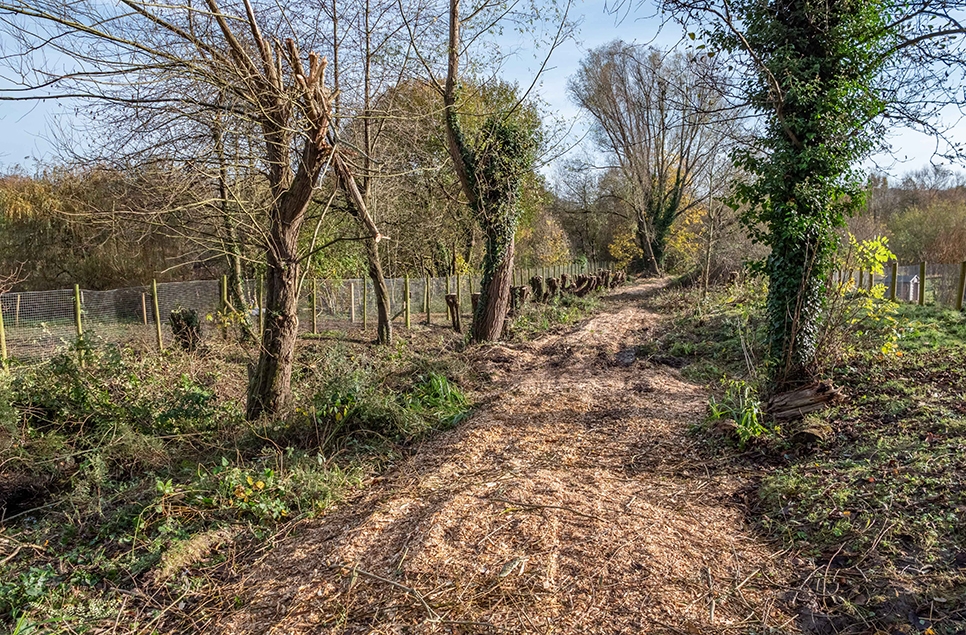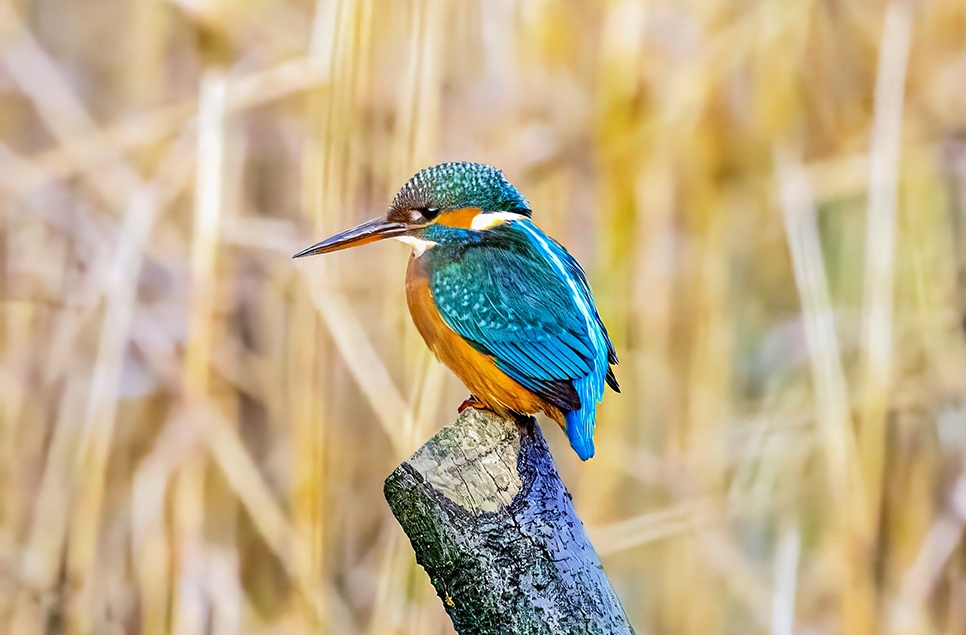Saline lagoon turns 10
One of WWT Washington's most diverse habitats marks 10 years in the making

It has now been a decade since work began on creating one of WWT Washington’s most diverse and exciting habitats – our saline lagoon.
From the initial wildlife surveys in 2011, to the public opening in 2013 and unveiling of a new hide three years later, this amazing spot has gone from strength to strength; providing a tranquil haven for both human and animal visitors alike.
An example of one of the UK’s rarest habitats, it was designed to improve WWT Washington’s biodiversity by strengthening its connection to the River Wear.
Wildlife highlights have included an array of bird life – little egret, spoonbill, curlew, kingfisher and avocet to name a few – plus roe deer, Eurasian otter and an abundance of invertebrates and flora. The hide itself has also hosted a community art project, while volunteers play a huge role in the landscape’s maintenance and improvement.

- The creation of the saline lagoon transformed the area once known as Sandpiper Ponds and was funded by SITA Trust and individual donors at a cost of £120,000.
- The spoil from the initial excavation – some 100,000 cubic metres or 14,285 Transit vanloads! – was deposited at either end of the lagoon, raising the area to create fantastic vistas across the habitat and down along the Wear.
- The lagoon floods during high tides of five metres or more and the first ever breach happened during spring high tide on 7 March 2012.
- Even when the tide is low, pools of water remain and this brackish habitat – a mixture of fresh and seawater – provides the perfect salinity levels for a unique range of wetland species.
- The new habitat was officially unveiled to the public in May 2013, when the main viewpoint was a simple willow screen near the river reedbed.
- In May 2016, the Lagoon View Hide opened. A key part of its design is the reciprocal roof - a series of interlocking beams which support the weight of its sedum covering without the need for internal poles, providing a vast open-plan space for visitors.
- The eco-friendly roof is not only a great habitat for smaller creatures, but also acts as a sound insulator so people can move around freely without disturbing wildlife outside.
- The hide project was supported by the Heritage Lottery Fund (HLF), which gives grants to sustain and transform heritage in the UK, and other generous funders, including several donations from visitors and members.

2011 - extensive plant and invertebrate surveys are carried out on the existing sandpiper ponds.
January 9 2012 - contractors start work on the excavation of the new saline lagoon.
January - the realignment of the new perimeter fence is completed.
February - the old perimeter fence is removed and excavation work is completed.
March 7 - breach day! Spring tide floods in and fills the lagoon for the first time.
March - work starts on the new nature trail footpath, incorporating mature hawthorn wood, reedbed, the River Wear, lagoon, meadow and scrubby woodland glades.
May - the newly formed lagoon meadow edge is sown.
June – flash flooding washes away the new nature trail footpath.
October - an otter holt is installed on the lagoon bank.
February 2013 - tracks and signs indicate the otter holt is being used by a female and her young.
March - the visitor portals are installed.
April - work begins on repairing the nature trail footpath.
May 25 - the saline lagoon opens to the public.


